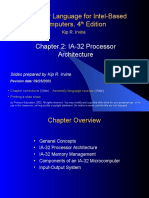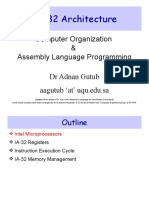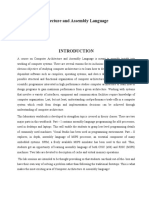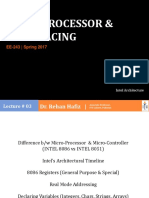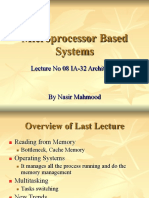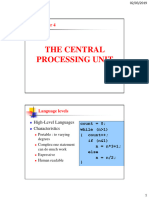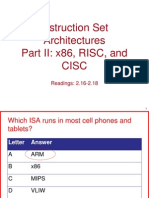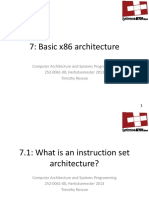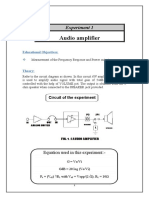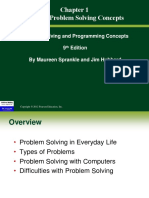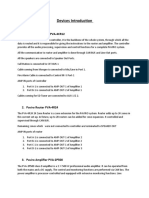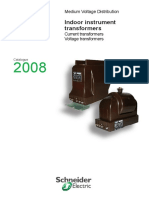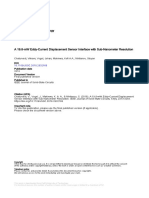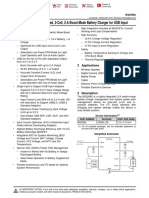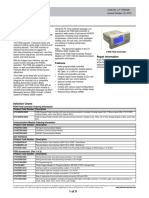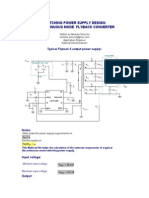0% found this document useful (0 votes)
541 views34 pagesAssembly Language For x86 Processors: Chapter 2: x86 Processor Architecture
A
Uploaded by
Mohammad MostafaCopyright
© © All Rights Reserved
We take content rights seriously. If you suspect this is your content, claim it here.
Available Formats
Download as PDF, TXT or read online on Scribd
0% found this document useful (0 votes)
541 views34 pagesAssembly Language For x86 Processors: Chapter 2: x86 Processor Architecture
A
Uploaded by
Mohammad MostafaCopyright
© © All Rights Reserved
We take content rights seriously. If you suspect this is your content, claim it here.
Available Formats
Download as PDF, TXT or read online on Scribd
/ 34







